
Mahe Island: The Jewel of Seychelles
Discover Mahe Island in Seychelles, where breathtaking beaches, lush rainforests, and vibrant culture create the perfect tropical getaway.
Mahe Island, the largest and most populated island in Seychelles, offers a perfect blend of natural beauty and vibrant culture. Surrounded by clear turquoise waters and pristine white-sand beaches, it is a paradise for beach lovers and adventure seekers alike. The island's stunning coastline is dotted with hidden coves, making it ideal for snorkeling, diving, and other water sports. Beyond its beaches, Mahe Island is home to lush tropical rainforests and the Morne Seychellois National Park, where visitors can hike through dense vegetation and enjoy breathtaking views from the island's highest peak. The island's capital, Victoria, is one of the smallest capitals in the world but is rich in history and culture. Here, you can explore the bustling markets, visit the National Botanical Gardens, and admire the colonial architecture. Food enthusiasts will love the local Creole cuisine, which combines African, European, and Indian influences. Fresh seafood is abundant, and local markets offer a variety of tropical fruits and spices. Whether you're looking to relax on the beach, explore nature, or immerse yourself in the local culture, Mahe Island has something to offer everyone.
Local tips in Mahe Island
- Visit early in the day to avoid crowds at popular beaches like Beau Vallon.
- Rent a car to explore the island at your own pace, as public transport can be limited.
- Try the local Creole cuisine at roadside eateries for an authentic taste of Seychelles.
- Carry cash, as some smaller establishments may not accept credit cards.
- Wear comfortable shoes for hiking in Morne Seychellois National Park.
Mahe Island: The Jewel of Seychelles
Mahe Island, the largest and most populated island in Seychelles, offers a perfect blend of natural beauty and vibrant culture. Surrounded by clear turquoise waters and pristine white-sand beaches, it is a paradise for beach lovers and adventure seekers alike. The island's stunning coastline is dotted with hidden coves, making it ideal for snorkeling, diving, and other water sports. Beyond its beaches, Mahe Island is home to lush tropical rainforests and the Morne Seychellois National Park, where visitors can hike through dense vegetation and enjoy breathtaking views from the island's highest peak. The island's capital, Victoria, is one of the smallest capitals in the world but is rich in history and culture. Here, you can explore the bustling markets, visit the National Botanical Gardens, and admire the colonial architecture. Food enthusiasts will love the local Creole cuisine, which combines African, European, and Indian influences. Fresh seafood is abundant, and local markets offer a variety of tropical fruits and spices. Whether you're looking to relax on the beach, explore nature, or immerse yourself in the local culture, Mahe Island has something to offer everyone.
When is the best time to go to Mahe Island?
Iconic landmarks you can’t miss
Sir Selwyn Selwyn-Clarke Market
Explore the bustling Sir Selwyn Selwyn-Clarke Market in Victoria, Seychelles, where vibrant culture and local flavors come together in an unforgettable experience.
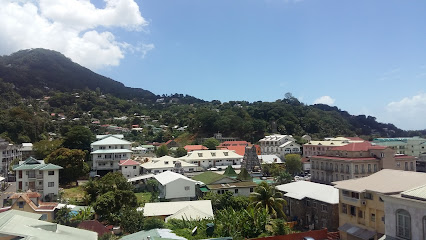
Victoria Botanical Gardens
Experience the lush beauty and unique flora of Seychelles at Victoria Botanical Gardens, a serene escape for nature lovers and tourists alike.
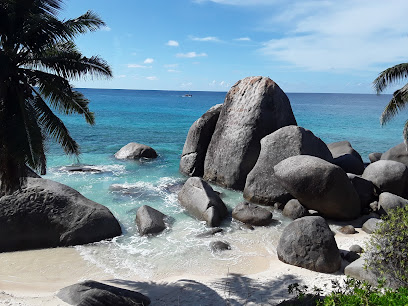
Takamaka Rum Distillery
Explore the Takamaka Rum Distillery in Pointe Au Sel, where tradition meets craftsmanship in every sip of Seychelles' finest rum.
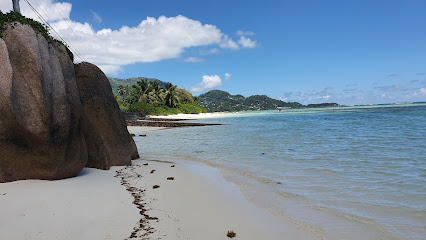
Port Launay Beach
Experience the breathtaking beauty of Port Launay Beach in Seychelles, a tropical paradise perfect for relaxation and marine adventures.
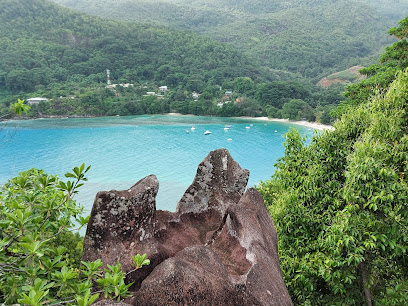
Victoria Clock Tower
Experience the historical essence of Seychelles at the iconic Victoria Clock Tower, a must-visit landmark in Mahé's vibrant capital.
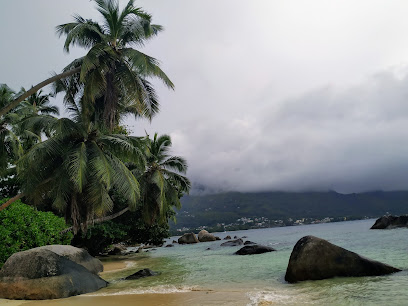
Jardin du Roi Spice Garden
Immerse yourself in the lush beauty and aromatic flavors of Jardin du Roi Spice Garden, a must-visit botanical garden and restaurant in Seychelles.
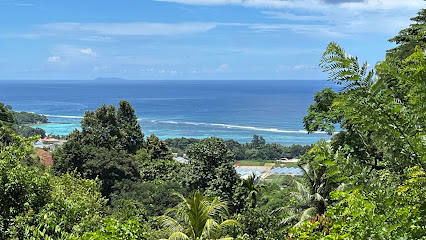
Eden Plaza
Discover the vibrant shopping and dining experience at Eden Plaza in Seychelles, a perfect destination for tourists seeking local culture.
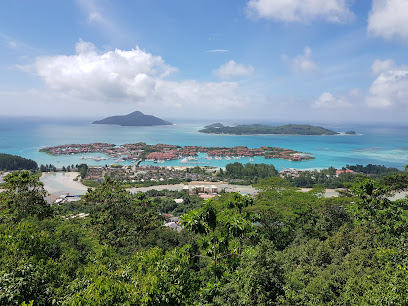
Anse Takamaka Beach
Experience the tranquil beauty of Anse Takamaka Beach in Quatre Bornes, a perfect haven for relaxation, swimming, and breathtaking sunsets.
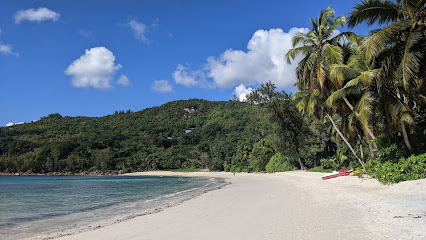
Saint-Anne Marine National Park
Discover the breathtaking beauty of Saint-Anne Marine National Park, a stunning sanctuary of marine life and natural wonders in Seychelles.
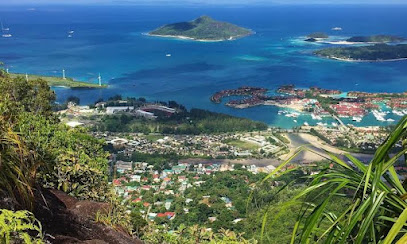
Copolia Trail
Experience the stunning views and unique biodiversity of the Copolia Trail, a must-visit hiking destination in Seychelles.
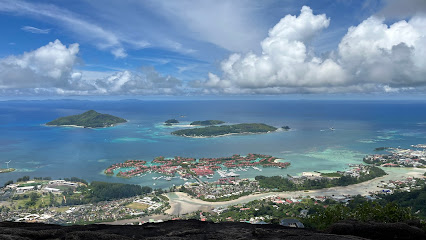
Anse Royale Beach
Experience the breathtaking beauty and serenity of Anse Royale Beach, a tropical haven on Mahé, Seychelles with soft sands and vibrant marine life.
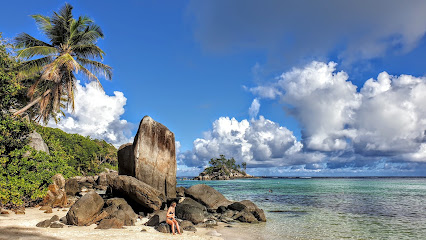
Mahé
Explore Mahé, the largest island of Seychelles, where stunning beaches, lush landscapes, and vibrant culture await you in paradise.

Morne Blanc Trail
Experience the breathtaking beauty of Morne Blanc Trail in Seychelles, a hiker's paradise with stunning views and rich biodiversity.
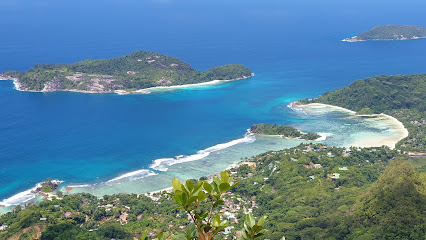
Baie Lazare Public Beach
Discover the breathtaking beauty of Baie Lazare Public Beach, a pristine paradise of white sands and turquoise waters in Seychelles.
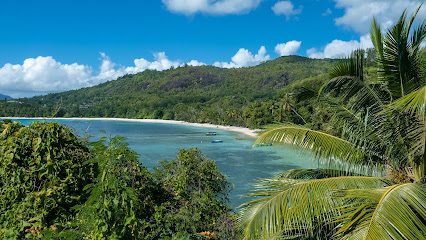
Anse Major
Experience the breathtaking beauty of Anse Major Beach, a hidden paradise in the Seychelles perfect for relaxation and adventure.
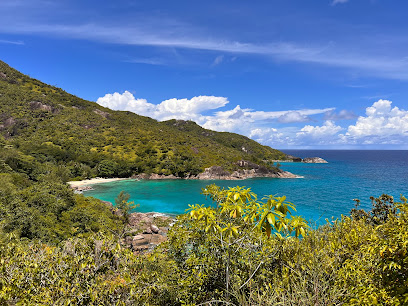
Unmissable attractions to see
Morne Blanc Trail
Discover the breathtaking views and lush landscapes of Morne Blanc Trail in Seychelles, a must-visit hiking area for nature lovers and adventure seekers.
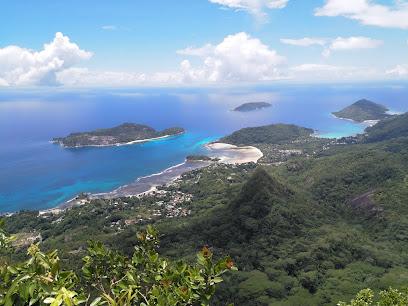
Top Soleil Beach Grill & Bar
Discover the perfect blend of relaxation and culinary delight at Top Soleil Beach Grill & Bar, nestled on the stunning Glacis Beach in Seychelles.
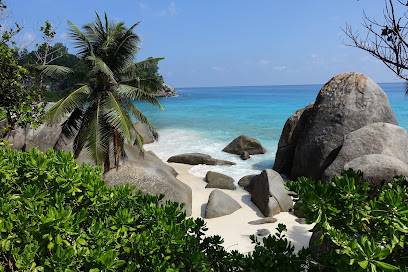
Venn's Town - Mission Lodge
Discover the serene beauty and rich heritage of Venn's Town - Mission Lodge in Seychelles, a breathtaking retreat amidst lush landscapes.
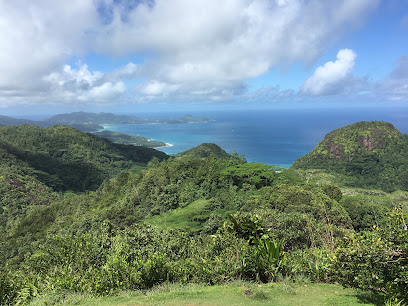
Ros Sodyer / Rock Pool
Explore Ros Sodyer, the enchanting Rock Pool in Quatre Bornes, a perfect blend of natural beauty, tranquility, and adventure for tourists.
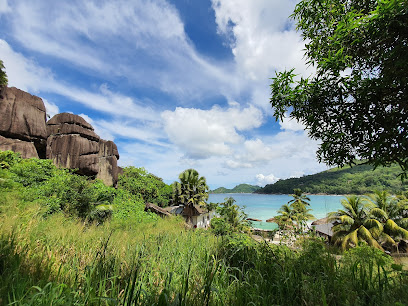
Morne Seychelles National Park
Discover the stunning landscapes and diverse wildlife of Morne Seychelles National Park, a true gem of Seychelles' natural heritage.
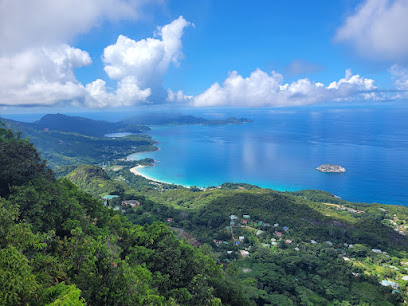
Baie Ternay Marine National Park
Explore the pristine Baie Ternay Marine National Park in Seychelles, a paradise of coral reefs, scenic trails, and breathtaking natural beauty.
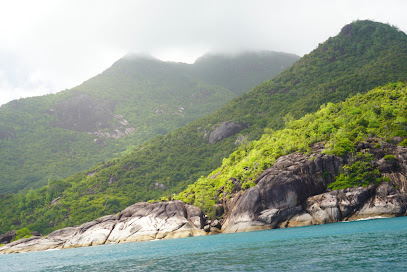
Anse Etoile Beach
Experience the serene beauty of Anse Etoile Beach, a tropical paradise perfect for relaxation, snorkeling, and breathtaking sunsets in Seychelles.
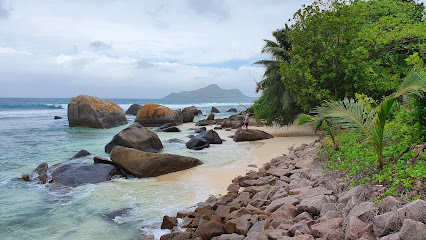
Glacis La Reserve Trail
Discover the breathtaking beauty of Glacis La Reserve Trail, a scenic hiking paradise in Anse Boileau, Seychelles, perfect for nature enthusiasts.
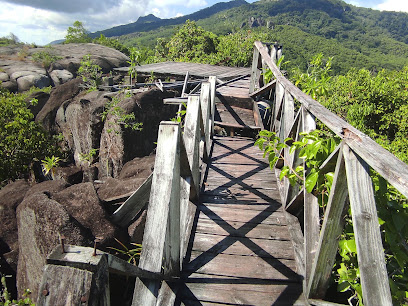
Cascade Waterfall
Explore the breathtaking Cascade Waterfall in Providence, a stunning natural wonder perfect for hiking and nature lovers seeking tranquility and adventure.
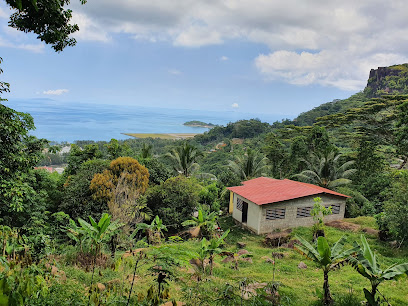
Anse Petit Boileau
Explore the serene beauty of Anse Petit Boileau, a hidden gem in Quatre Bornes, Mauritius, perfect for relaxation and beach activities.
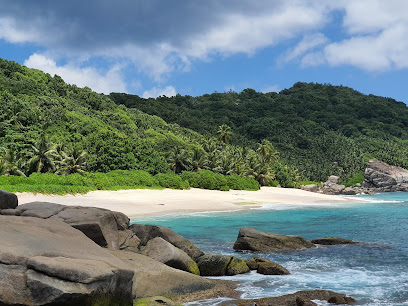
Bel Ombre Beach at La Scala
Experience the tranquil beauty of Bel Ombre Beach at La Scala, a serene escape in the Seychelles with pristine sands and crystal-clear waters.
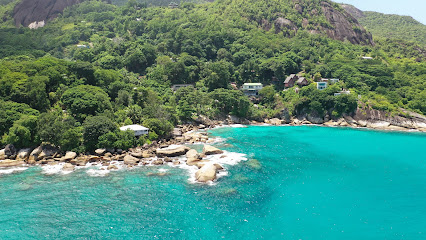
Anse Royale
Discover the enchanting Anse Royale, where pristine beaches meet vibrant marine life, perfect for relaxation and adventure in Seychelles.

Mare Aux Cochons Trail
Experience the lush landscapes and stunning vistas of Mare Aux Cochons Trail, a hiking paradise in Beau Vallon, Seychelles, perfect for all nature lovers.
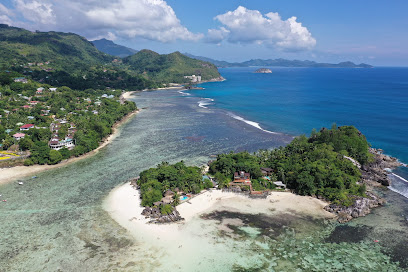
Trois Fréres Nature Trail
Immerse yourself in the lush beauty of Trois Frères Nature Trail, a breathtaking hiking experience in the heart of Seychelles, perfect for nature lovers and adventurers.
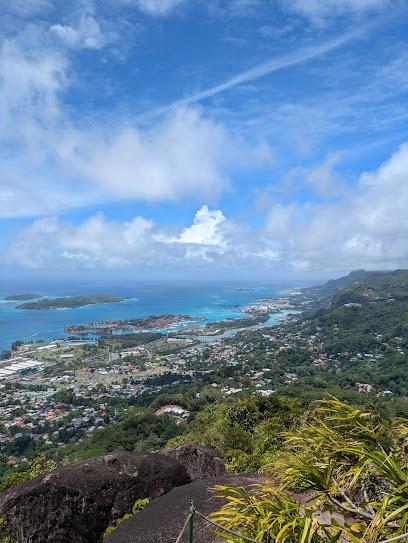
Grand Anse Cascade (waterfall)
Experience the breathtaking views and tranquil sounds of Grand Anse Cascade, a stunning waterfall oasis in the heart of N.Y.S. Village.
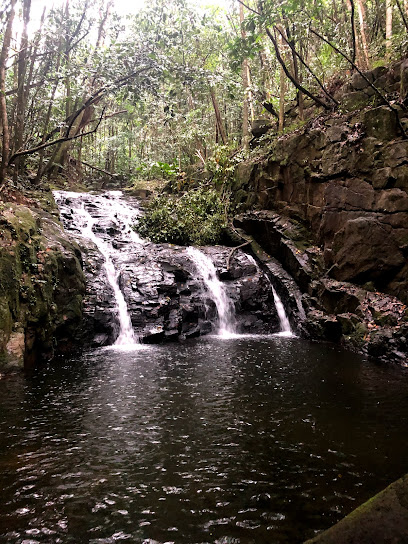
Essential places to dine
Del Place Restaurant
Experience exquisite dining at Del Place Restaurant in Seychelles, where local flavors meet stunning waterfront views.
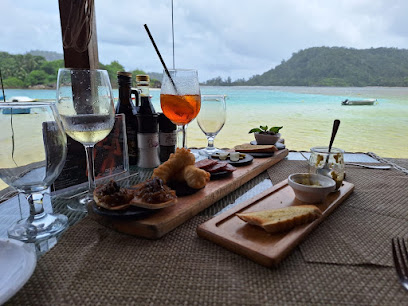
Kafe Kreol Cafe & Restaurant
Experience authentic Creole cuisine at Kafe Kreol in Anse Royale—where every dish tells a story of Seychelles' rich culinary heritage.
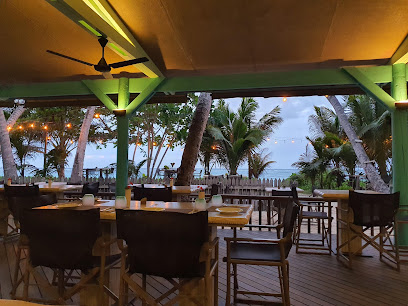
The Boat House Restaurant
Discover exquisite local seafood at The Boat House Restaurant in Beau Vallon, where stunning ocean views meet delightful flavors.
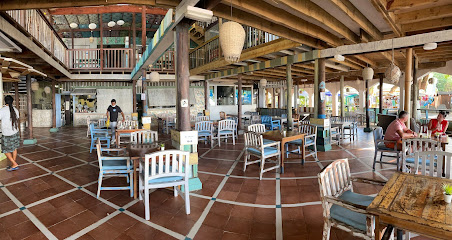
Mahek Restaurant
Experience authentic Indian flavors at Mahek Restaurant in Beau Vallon, Seychelles - where every dish tells a story.

Surfers Beach Restaurant
Experience exquisite dining at Surfers Beach Restaurant in Takamaka, featuring fresh seafood and breathtaking ocean views.
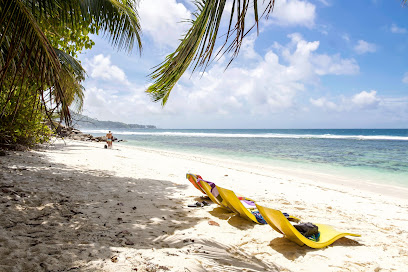
La Plage restaurant
Experience exquisite Seychellois cuisine at La Plage Restaurant on Beau Vallon Beach - where every meal is a feast for your senses.
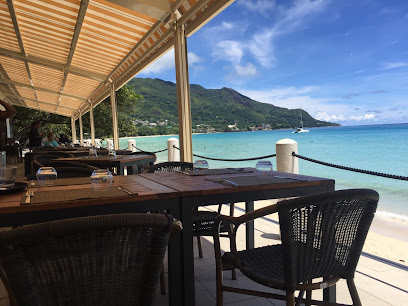
La Perle Noire Restaurant
Experience authentic Italian cuisine at La Perle Noire Restaurant in Beau Vallon, where every dish tells a story of flavor and tradition.
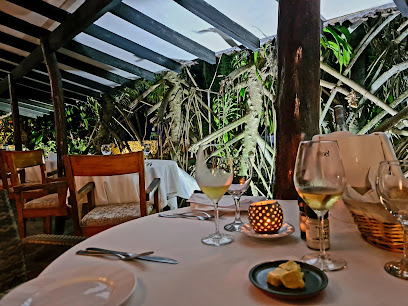
La Gaulette Restaurant
Experience authentic Seychellois cuisine with breathtaking views at La Gaulette Restaurant on Mahé Island.
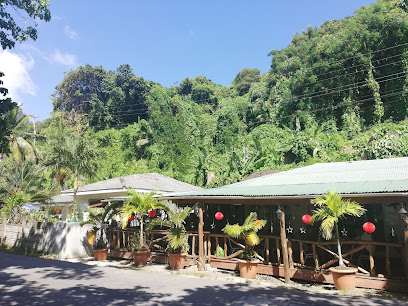
Maria's Rock Cafeteria
Experience authentic Seychellois cuisine at Maria's Rock Cafeteria, where fresh seafood meets stunning island views.

Perry's Grillz
Discover exquisite Seychellois cuisine at Perry's Grillz - where every dish tells a story.
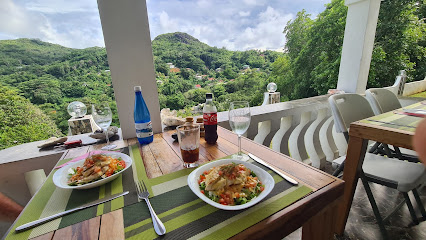
Bravo Restaurant
Discover exquisite Seychellois flavors at Bravo Restaurant on Eden Island - where culinary artistry meets breathtaking views.
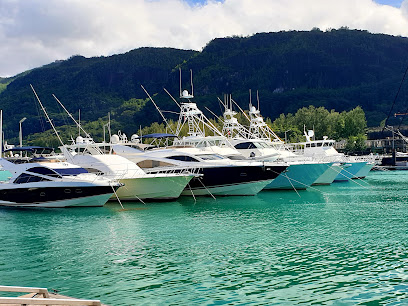
Gecko Bar
Discover authentic Seychellois flavors at Gecko Bar in Beau Vallon – where local cuisine meets breathtaking ocean views.
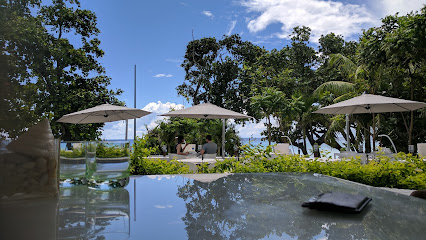
Green House Bar, Cafe, Restaurant
Experience the perfect blend of Italian and Creole cuisine at Green House Bar, Cafe, Restaurant in Victoria's scenic Au Cap.
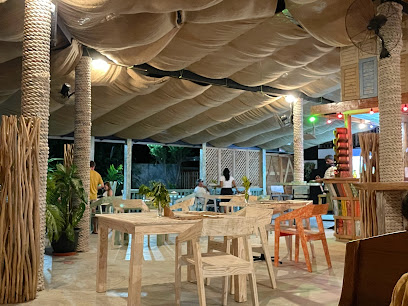
Traders Vic's Seychelles
Discover exquisite dining at Traders Vic's Seychelles, where global flavors meet local charm amidst stunning ocean views.
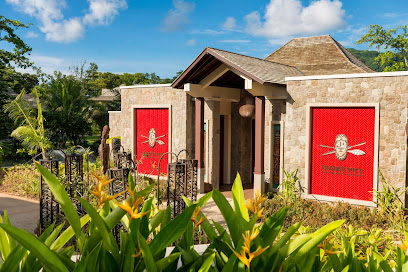
Maison Marengo
Experience the vibrant flavors of Seychelles at Maison Marengo – where every meal is a celebration of local cuisine in a picturesque setting.
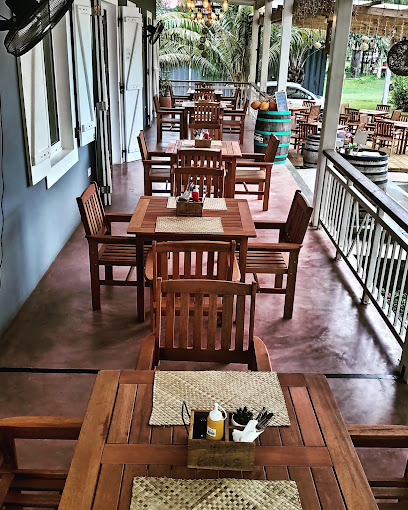
Markets, malls and hidden boutiques
Koral Souvenir Boutique
Discover unique Seychellois art and souvenirs at Koral Souvenir Boutique in Beau Vallon, your go-to spot for authentic local keepsakes.
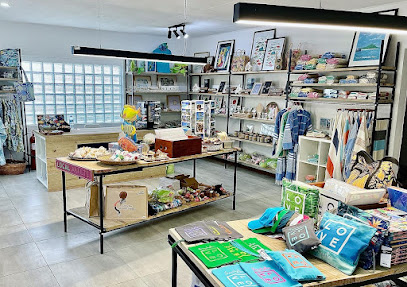
The Chop Shop Seychelles
Discover local flavors and fresh produce at The Chop Shop Seychelles, a vibrant supermarket in the heart of Victoria, perfect for all culinary adventures.
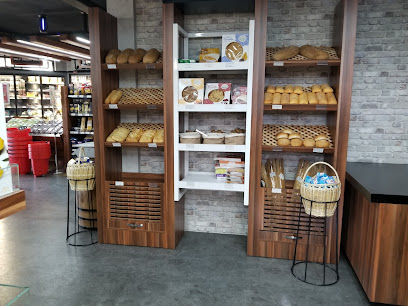
Yves Souvenir Cachée
Discover unique Seychellois craftsmanship at Yves Souvenir Cachée, your go-to spot for authentic souvenirs and local artistry.
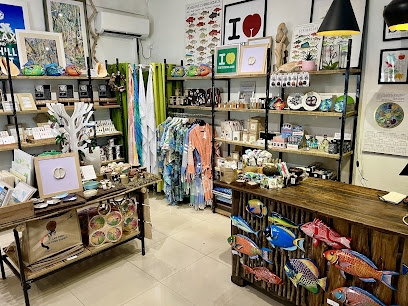
JOUEL
Unveil the beauty of Seychelles with exquisite jewelry at JOUEL - a treasure trove of handcrafted elegance in Victoria.
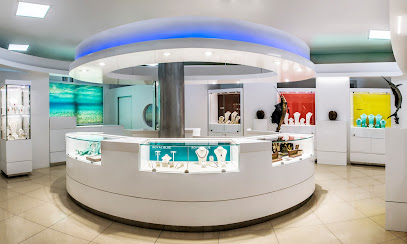
NARAYANAA SHOPPING (VRS)
Discover the charm of Narayanaa Shopping, a local supermarket in Seychelles offering fresh produce and local delights in a friendly atmosphere.

Seychelles Duty Free
Explore Seychelles Duty Free for a luxurious shopping experience featuring tax-free luxury goods in the heart of Victoria.
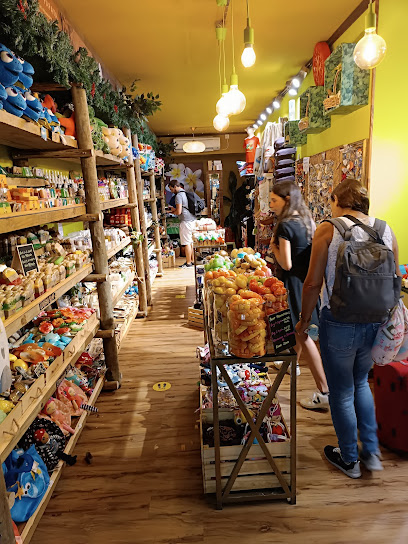
Exotic Scents Seychelles
Explore the vibrant gifts and local scents of Seychelles at Exotic Scents, a unique shop on Eden Island offering exquisite souvenirs.
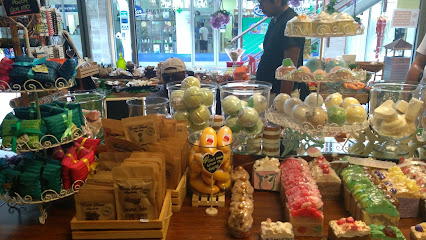
Pop-Up Shop
Explore local flavors and fresh produce at the Pop-Up Shop in Victoria, your go-to supermarket for an authentic Seychelles experience.
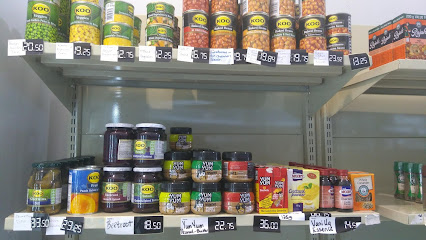
Thirumeni Stores Au Cap
Explore Thirumeni Stores in Au Cap for an array of local and international products in a charming supermarket setting.

Jehk Art & Craft Souvenir
Explore Jehk Art & Craft Souvenir for authentic handcrafted treasures and a taste of local culture.
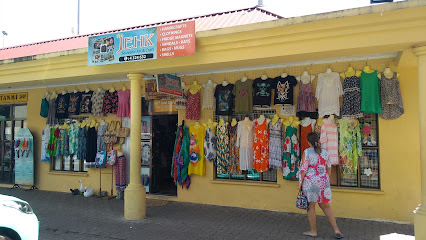
Kreolor - Seychelles Airport
Explore Kreolor at Seychelles Airport for exquisite jewelry and authentic local crafts, capturing the essence of the beautiful islands in every piece.
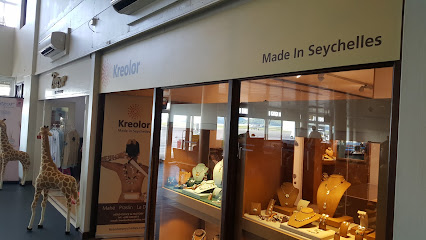
COCO
Discover the essence of Seychelles at COCO, your go-to destination for unique clothing and authentic local souvenirs.
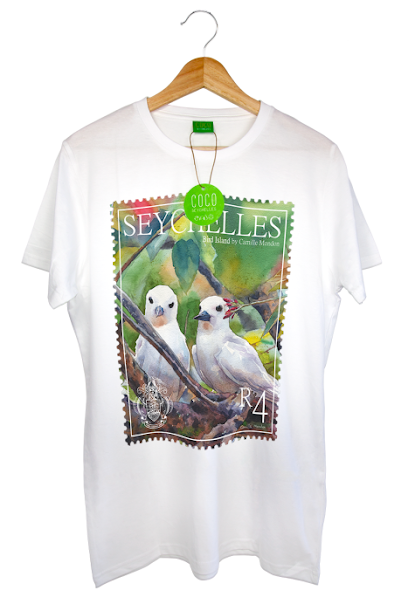
Venture Bay
Experience the best of shopping at Venture Bay in Eden Island, Seychelles, where fashion meets technology in a vibrant retail environment.
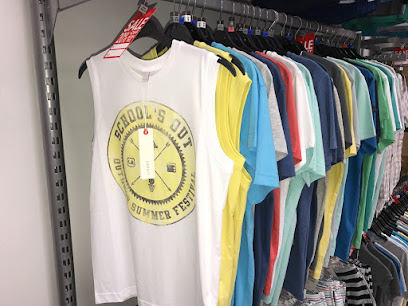
Sylvie’s Boutique
Discover Seychelles' charm at Sylvie’s Boutique, a delightful souvenir store offering unique jewelry and local crafts in Beau Vallon.
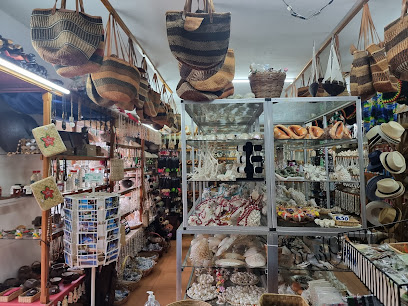
Hampers & Gifts by 5Ms
Explore Hampers & Gifts by 5Ms in Providence for an exquisite selection of unique hampers and gifts, perfect for any occasion.
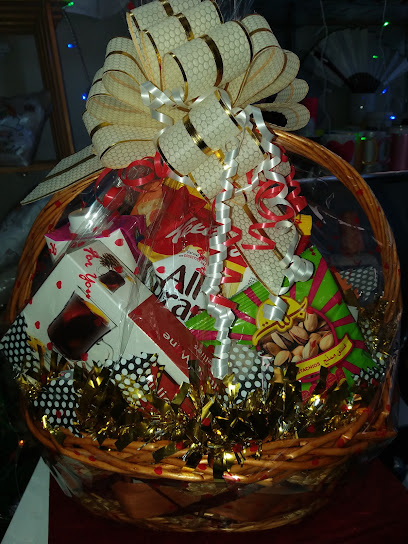
Essential bars & hidden hideouts
Del Place Restaurant
Experience exquisite Creole and international cuisine at Del Place Restaurant, a culinary gem in the heart of Seychelles offering stunning views and delightful flavors.
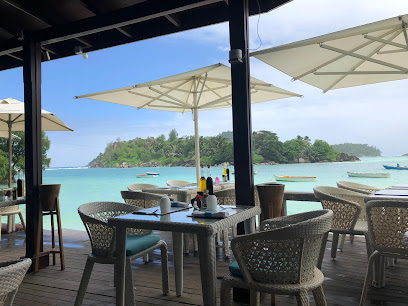
Surfers Beach Restaurant
Experience the flavors of the Seychelles at Surfers Beach Restaurant, where fresh seafood meets stunning ocean views.
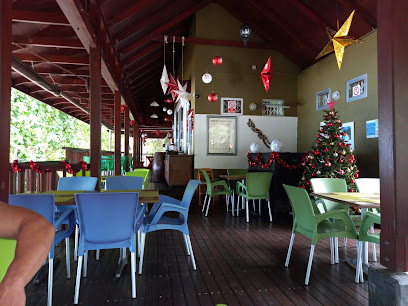
Beach Shak Seychelles
Experience the vibrant coastal dining at Beach Shak Seychelles - a grill and cocktail bar offering delicious flavors and stunning ocean views.
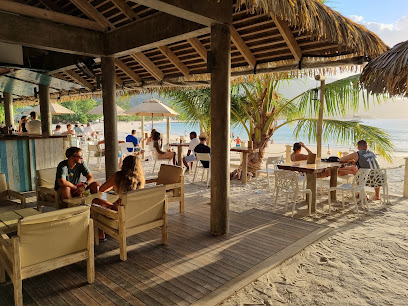
Gecko Bar
Experience the vibrant ambiance and delicious flavors of Gecko Bar in Beau Vallon, a must-visit destination for every traveler in Seychelles.
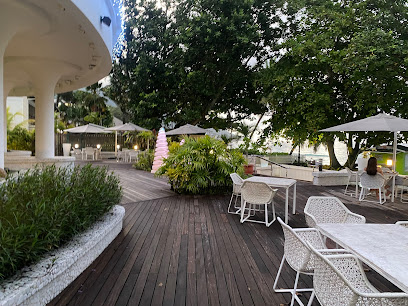
The Boardwalk Bar & Grill
Discover the ultimate nightlife experience at The Boardwalk Bar & Grill on Eden Island, where cuisine meets vibrant entertainment.
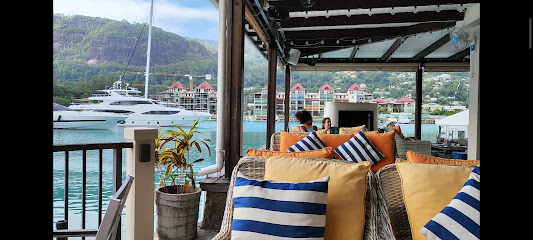
Green House Bar, Cafe, Restaurant
Experience the exotic blend of Italian and Creole cuisine at Green House Bar, Cafe, Restaurant in Au Cap, Victoria, Seychelles.
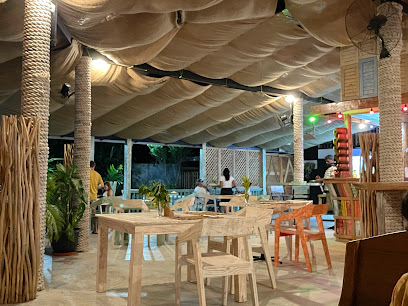
Traders Vic's Seychelles
Experience culinary excellence at Traders Vic's Seychelles, where vibrant flavors and stunning views create unforgettable moments in paradise.
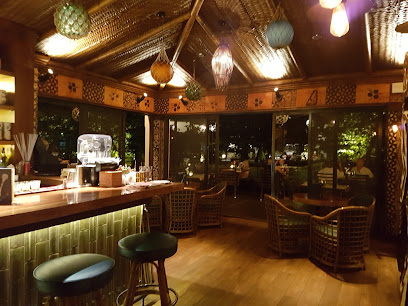
Maison Marengo
Discover the flavors of the Seychelles at Maison Marengo, where local ingredients meet culinary excellence in a charming atmosphere.
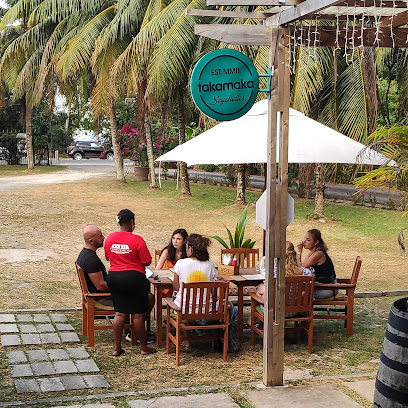
Ocean Deck Bar
Experience the vibrant atmosphere and delicious cuisine of Ocean Deck Bar in Beau Vallon, a must-visit destination for tourists in Seychelles.
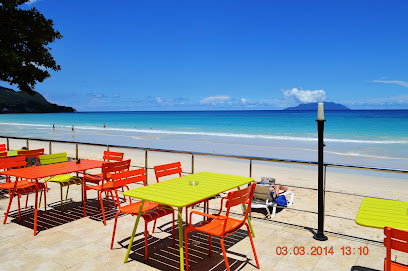
Summer Bar
Experience tropical bliss at Summer Bar in Anse Intendance, where refreshing drinks and stunning views await every visitor.
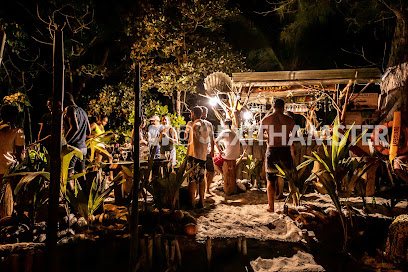
ROYAL BAY BEACH CLUB
Discover the perfect blend of relaxation and adventure at Royal Bay Beach Club, Anse Royale's top destination for food, sun, and water sports.
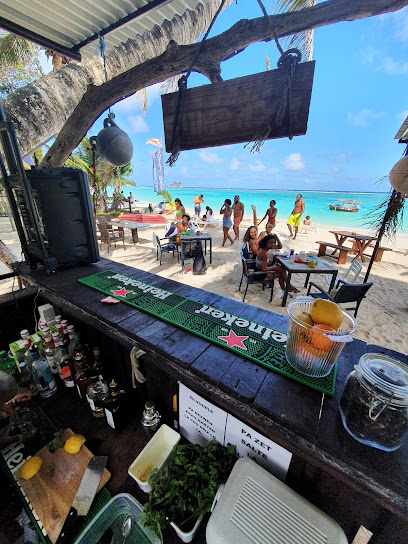
Le Cocoloba Bar
Experience tropical paradise at Le Cocoloba Bar in Bel Ombre, Seychelles, where delightful drinks and delectable cuisine await.
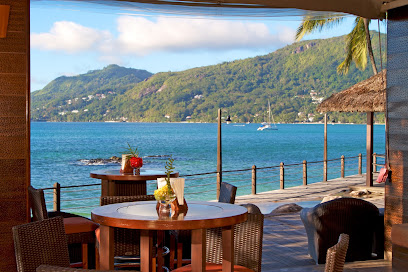
Ocean View Bar
Experience breathtaking ocean views and refreshing drinks at Ocean View Bar, the perfect tropical retreat in Seychelles.
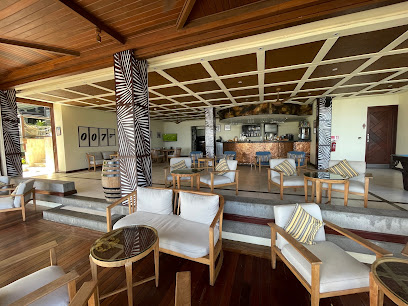
Beach bar Four Seasons
Discover the idyllic Beach Bar Four Seasons at Anse Royale, where tropical drinks, stunning ocean views, and a vibrant atmosphere await.
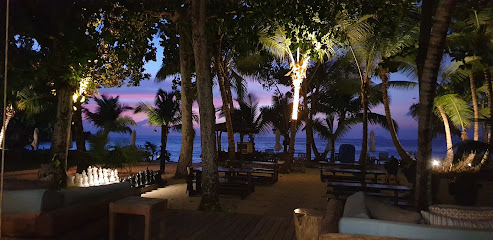
Palmier on Eden Bistro & Bar - Eden VMA Clubhouse - exclusively Eden Island
Discover the culinary delights of Palmier on Eden Bistro & Bar, a premier dining destination on Eden Island, blending local flavors and stunning views.
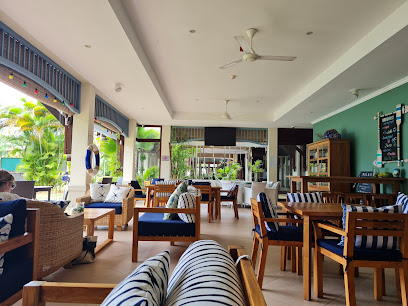
Local Phrases about Mahe Island
-
- HelloAllo
[ah-loh] - GoodbyeOrevwar
[oh-reh-vwah] - YesWi
[wee] - NoNon
[nohn] - Please/You're welcomeSilvouple
[seel-voo-pleh] - Thank youMersi
[mehr-see] - Excuse me/SorryEskize mwa
[es-kee-zeh mwah] - How are you?Ki ou fer?
[kee oo fehr] - Fine. And you?Bien. E ou?
[byen. eh oo?] - Do you speak English?Ou parle angle?
[oo par-lay ahn-glay] - I don't understandMo pa konpran
[moh pah kohn-prahn]
- HelloAllo
-
- I'd like to see the menu, pleaseMo bezwen zwazo, silvouple
[moh beh-zwehn zwa-zoh, seel-voo-pleh] - I don't eat meatMo pa manze la viand
[moh pah mahnz lay vee-ahn] - Cheers!Sante
[sahn-teh] - I would like to pay, pleaseMo bezwen peye, silvouple
[moh beh-zwehn peh-yeh, seel-voo-pleh]
- I'd like to see the menu, pleaseMo bezwen zwazo, silvouple
-
- Help!Sekour!
[seh-koo] - Go away!Al ler!
[ahl lehr] - Call the Police!Sipil antre!
[see-peel ahn-tray] - Call a doctor!Sipil dokter!
[see-peel dohk-tehr] - I'm lostMo perdi
[moh pehr-dee] - I'm illMo malad
[moh mah-lahd]
- Help!Sekour!
-
- I'd like to buy...Mo bezwen achte...
[moh beh-zwehn ah-sh-teh] - I'm just lookingMo pe gade selman
[moh peh gahd sehl-mahn] - How much is it?Kombien sa koute?
[kohm-byen sah koot] - That's too expensiveSa tro cher
[sah troh shehr] - Can you lower the price?Ou kapab bese pri?
[oo kah-pahb behs prey]
- I'd like to buy...Mo bezwen achte...
-
- What time is it?Ki l'er?
[kee lehr] - It's one o'clockL'er e enn
[lehr eh ehn] - Half past (10)Demi (10)
[deh-mee (diz)] - MorningMaten
[mah-tehn] - AfternoonApremidi
[ap-re-mee-dee] - EveningSwar
[swahr] - YesterdayYer
[yehr] - TodayOzordi
[oh-zor-dee] - TomorrowDemen
[deh-mehn] - 1Enn
[ehn] - 2De
[deh] - 3Troa
[twa] - 4Kat
[kaht] - 5Sennk
[sehnk] - 6Sis
[sees] - 7Set
[seht] - 8Wit
[weet] - 9Nef
[neff] - 10Dis
[dees]
- What time is it?Ki l'er?
-
- Where's a/the...?Ki kot...?
[kee koht] - What's the address?Ki lateres?
[kee la-teh-rehs] - Can you show me (on the map)?Ou kapab montre mwa (sou lap)
[oo kah-pahb mohn-tray mwah (soo lap)] - When's the next (bus)?Ki le prochen (bis)?
[kee leh proh-shen (bees)] - A ticket (to ....)En tiket (vers ....)
[ehn tee-keht (vehr)]
- Where's a/the...?Ki kot...?
History of Mahe Island
-
Mahe Island, the largest island in the Seychelles archipelago, was first visited by the Austronesian seafarers around 200-300 AD. They left behind traces of their presence, including pottery and other artifacts. The island remained largely uninhabited until the 18th century.
-
In 1742, French explorer Lazare Picault was the first European to set foot on Mahe Island. He named the island 'Ile d'Abondance' due to its lush vegetation and natural resources. The French officially claimed the Seychelles in 1756 and established a settlement on Mahe in 1770. The island was named after Bertrand-François Mahé de La Bourdonnais, a French governor of Mauritius.
-
The British took control of Mahe Island in 1811 during the Napoleonic Wars. The Treaty of Paris in 1814 officially ceded the Seychelles to Britain. Under British rule, the island developed economically, with the introduction of plantations for coconut, vanilla, and cinnamon. The abolition of slavery in 1835 led to significant social changes on the island.
-
During World War II, Mahe Island played a strategic role due to its position in the Indian Ocean. The British established a naval base on the island to protect maritime routes from Axis powers. The island's infrastructure was enhanced, and its strategic importance laid the groundwork for its future as a tourist destination.
-
Seychelles gained independence from Britain on June 29, 1976, with Mahe Island as the political and economic center of the new nation. The island's capital, Victoria, became the smallest capital city in the world. Post-independence, Mahe has seen significant development in tourism, turning it into a sought-after travel destination known for its pristine beaches, lush mountains, and vibrant Creole culture.
-
Mahe Island is a cultural melting pot, with influences from African, European, and Asian settlers. This blend is evident in its Creole cuisine, music, dance, and festivals. The annual Creole Festival celebrates this rich heritage with traditional music, dance, and culinary events, attracting visitors from around the globe.
-
Mahe Island is home to several national parks and nature reserves, such as Morne Seychellois National Park, which covers 20% of the island. Efforts to conserve its unique biodiversity are ongoing, with numerous projects aimed at preserving endemic species and marine life. The island's commitment to sustainable tourism ensures that its natural beauty remains unspoiled for future generations.
Mahe Island Essentials
-
Mahe Island is the largest island in Seychelles and serves as the main gateway to the country. The primary entry point is Seychelles International Airport (SEZ) located near the capital city, Victoria. Direct flights are available from various major cities worldwide, including Dubai, Johannesburg, and Paris. From the airport, taxis and car rentals are available to reach your accommodation. Alternatively, some hotels offer shuttle services.
-
Getting around Mahe Island is convenient with several transportation options. Taxis are widely available but can be expensive, so it's advisable to agree on a fare beforehand. Public buses operated by Seychelles Public Transport Corporation (SPTC) offer an affordable way to travel around the island, though they can be infrequent and crowded. Car rentals are a popular choice for exploring at your own pace, and driving is on the left side. Additionally, bicycles and scooters can be rented for short distances and leisurely rides.
-
The official currency of Seychelles is the Seychellois Rupee (SCR). Credit cards are accepted in most hotels, restaurants, and larger shops, but it is advisable to carry some cash for smaller establishments and local markets. ATMs are available across Mahe Island, particularly in Victoria and other major tourist areas. Currency exchange services are also available at the airport and in banks.
-
Mahe Island is generally safe for tourists, but standard precautions should be taken. Avoid isolated areas, especially at night, and keep an eye on your belongings in crowded places. The areas of Victoria and Beau Vallon are popular with tourists and are generally safe, but petty crimes like pickpocketing can occur. It is advisable to use hotel safes for valuables and to be cautious when using ATMs.
-
In case of emergencies, dial 999 for police, fire, or medical assistance. Victoria Hospital is the main medical facility on the island. It’s advisable to have travel insurance that covers medical emergencies. For minor health issues, pharmacies are available in Victoria and other major areas. Most hotels have first aid kits and can assist in contacting emergency services if needed.
-
Fashion: Do dress comfortably but modestly. Beachwear is acceptable at the beach but not in town or religious sites. Religion: Do respect local customs and traditions. When visiting churches or temples, dress conservatively and remove hats. Public Transport: Do be patient with public buses; they can be irregular. Don't eat or drink on public transport. Greetings: Do greet people with a friendly 'hello' or 'bonjour'. A handshake is commonly used. Eating & Drinking: Do try local Creole cuisine and accept food offerings graciously. Don't refuse hospitality, as it is considered impolite.
-
To experience Mahe Island like a local, visit the Victoria Market, known for its fresh produce, spices, and handicrafts. Engage with the locals, who are generally friendly and willing to share stories about their island. Don't miss out on the local cuisine, especially dishes like grilled fish and coconut curry. Additionally, hiking trails such as the Morne Blanc trail offer stunning views and a chance to experience the island's natural beauty.
Trending Landmarks in Mahe Island
-
Sir Selwyn Selwyn-Clarke Market
-
Victoria Botanical Gardens
-
Takamaka Rum Distillery
-
Port Launay Beach
-
Victoria Clock Tower
-
Jardin du Roi Spice Garden
-
Eden Plaza
-
Anse Takamaka Beach
-
Saint-Anne Marine National Park
-
Copolia Trail
-
Anse Royale Beach
-
Mahé
-
Morne Blanc Trail
-
Baie Lazare Public Beach
-
Anse Major
Nearby Cities to Mahe Island
-
Things To Do in Anse Royale
-
Things To Do in Baie Lazare
-
Things To Do in Port Glaud
-
Things To Do in Beau Vallon
-
Things To Do in Anse Boudin
-
Things To Do in La Digue
-
Things To Do in Antsiranana
-
Things To Do in Diego Suarez
-
Things To Do in Nosy Be
-
Things To Do in Mogadishu
-
Things To Do in Koungou
-
Things To Do in Mamoudzou
-
Things To Do in Dembeni
-
Things To Do in Acoua
-
Things To Do in Bandrele












